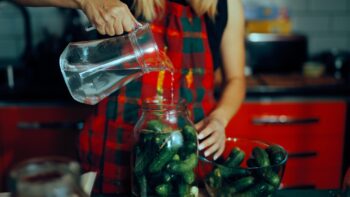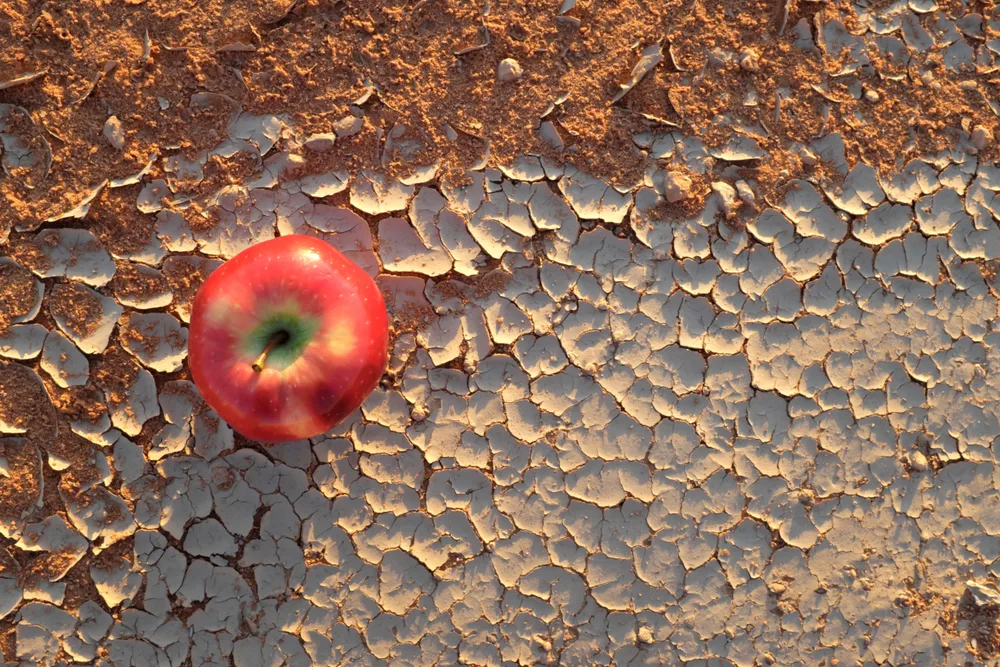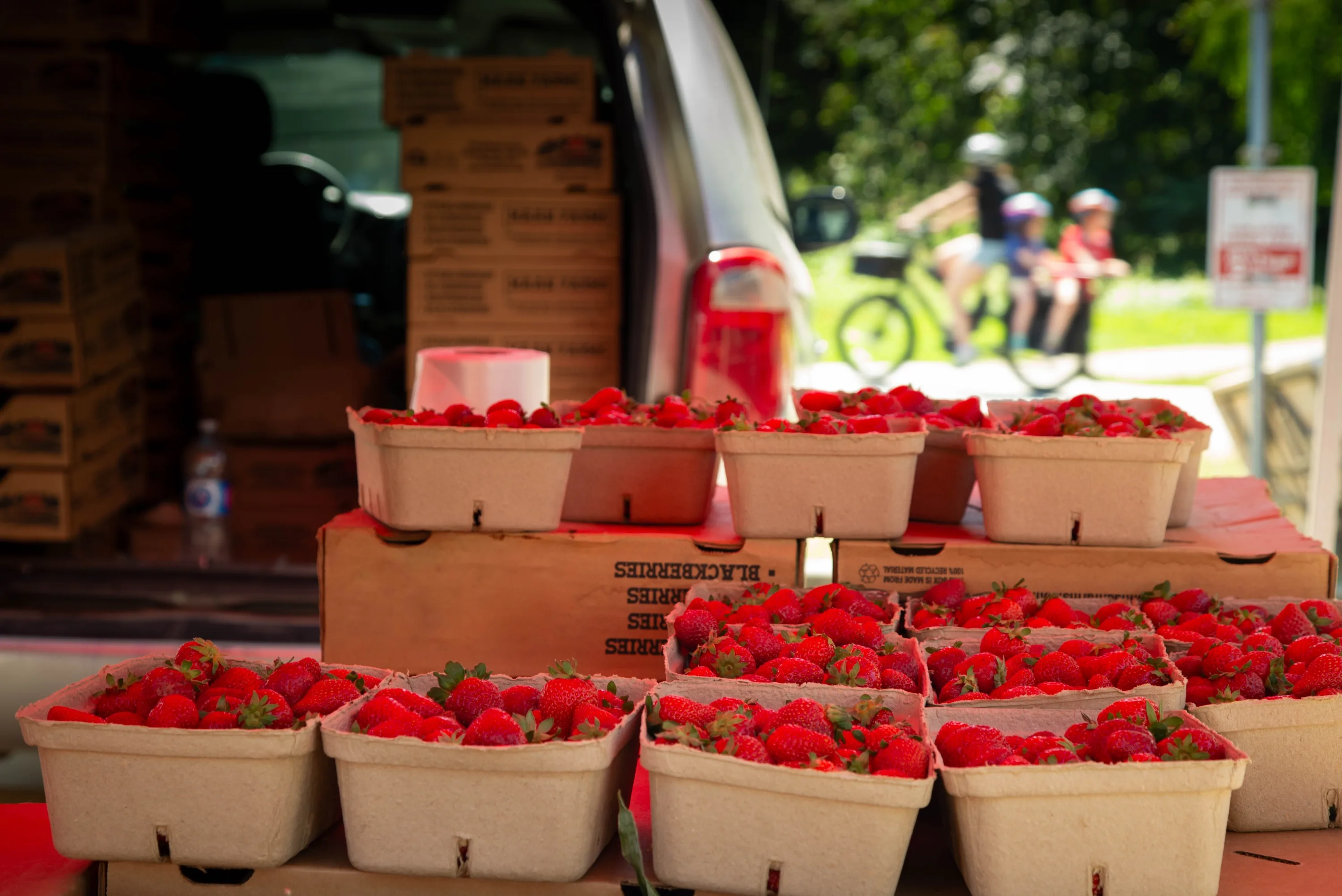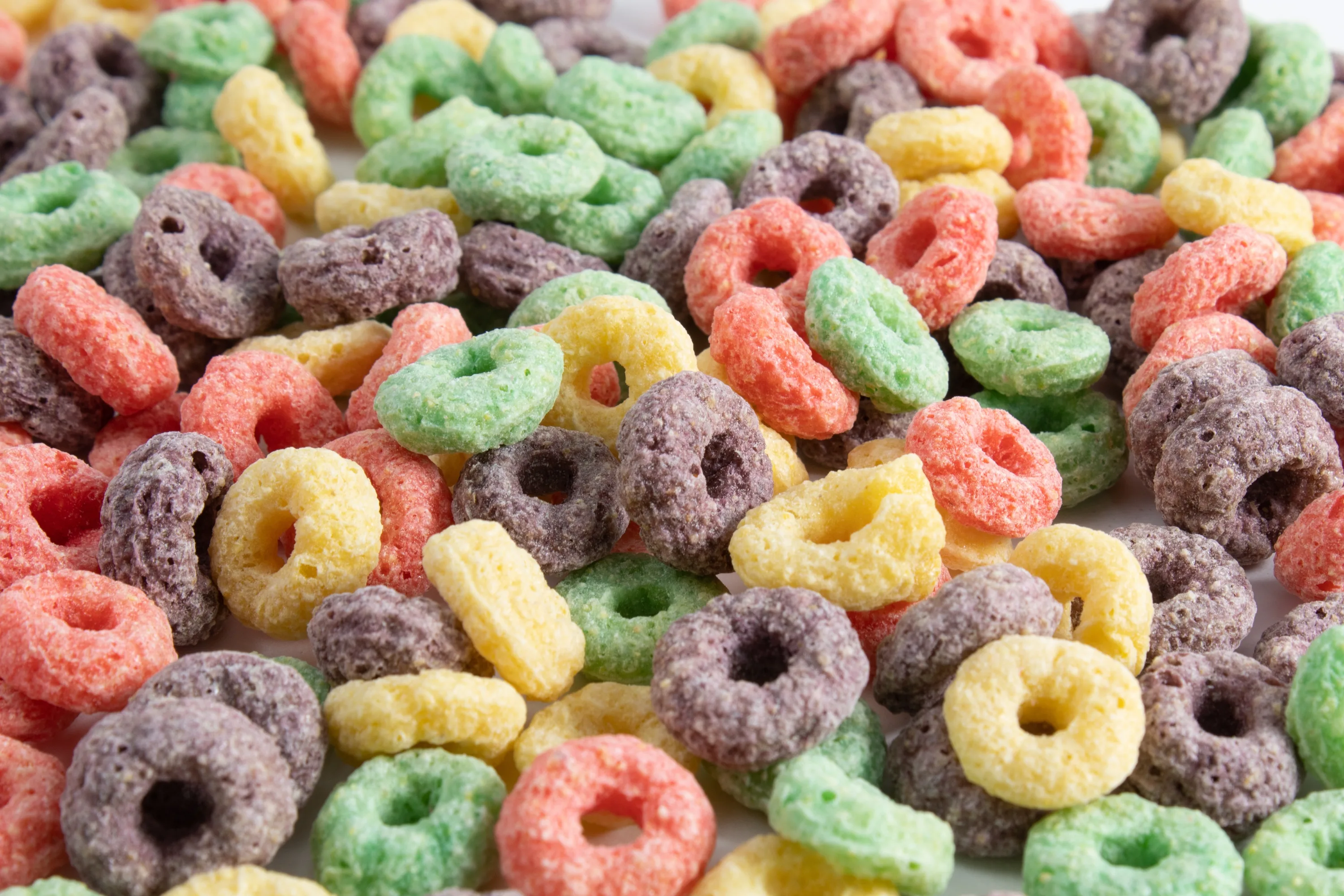
Fresh fruits and vegetables taste amazing, but they don’t last forever. If you’ve ever bought a big bag of apples or a bunch of tomatoes on sale, you know the struggle of trying to eat them before they go bad. That’s where food preservation comes in! By canning, freezing, or drying seasonal produce, you can save money, reduce food waste, and enjoy fresh flavors all year long.
You don’t need fancy equipment or a huge budget to get started. Many preservation methods are simple and use basic kitchen tools. Whether you shop with SNAP benefits, visit farmers’ markets, or grow your own food, learning how to store seasonal produce can stretch your groceries and give you tasty, homemade ingredients whenever you need them.
Canning Basics: What You Need to Know
Canning is one of the best ways to keep food fresh for months—or even years. It works by sealing food in jars and heating them to kill bacteria. There are two main types of canning:
- Water bath canning: Best for high-acid foods like tomatoes, fruit, jams, and pickles. This method only requires a large pot with a lid, making it great for beginners.
- Pressure canning: Needed for low-acid foods like vegetables, beans, and meats. This method requires a pressure canner to heat food at a higher temperature.
If you’re new to canning, start with water bath canning. It’s an easy way to make things like homemade tomato sauce, peach preserves, or pickled cucumbers. Basic supplies include:
- Clean glass jars with lids and rings
- A large pot deep enough to submerge the jars
- A jar lifter (or tongs) to safely remove jars from hot water
To get started, wash and prep your produce, pack it into jars, add any needed liquid (like syrup for fruit or vinegar for pickles), and process them in boiling water. Once the jars seal properly, they can be stored in a cool, dark place for up to a year!
Freezing: The Easiest Way to Preserve Food
If canning feels like too much work, freezing is a great alternative. Freezing locks in freshness without requiring special equipment—just a freezer and some storage bags or containers.
Here are some freezer-friendly foods and simple ways to store them:
- Berries: Rinse, dry, and freeze them on a baking sheet before transferring them to a bag. This keeps them from sticking together.
- Vegetables: Chop and blanch (briefly boil) veggies like green beans, carrots, or broccoli before freezing to help them keep their color and texture.
- Herbs: Chop fresh herbs and freeze them in an ice cube tray with water or oil. Perfect for soups and sauces!
- Tomatoes: Roast or blend fresh tomatoes into sauce and freeze in portioned containers for quick meals later.
Label everything with the date so you know what to use first. Most frozen foods last anywhere from six months to a year.
Drying and Pickling for Long-Lasting Flavor
Another easy way to make produce last is by drying or pickling it.
- Drying: You can air-dry herbs like basil and oregano by hanging them in a dry spot or use your oven on low heat to dry apple slices, tomatoes, or mushrooms.
- Pickling: Vinegar-based pickles don’t just work for cucumbers! You can pickle onions, carrots, green beans, and even watermelon rinds. Pickling is a fast way to add flavor while preserving food.
How SNAP Benefits Can Help You Preserve Food
If you’re on a budget, SNAP benefits can help you buy fresh produce in bulk when it’s in season and at its cheapest. Many farmers’ markets accept SNAP and even offer bonus programs that give you extra fruits and vegetables for free. By preserving food when it’s affordable, you can stock up and enjoy it for months.
For example:
- Buy extra apples when they’re cheap, then make and freeze applesauce.
- Stock up on bell peppers in the summer, slice them, and freeze for winter recipes.
- Get fresh greens like spinach or kale, blend them into smoothie cubes, and freeze for quick, healthy drinks.
By using simple preservation methods, you can eat better, save money, and reduce food waste. Whether you try canning, freezing, drying, or pickling, preserving seasonal produce is a smart way to make your groceries last longer!
By Admin –



